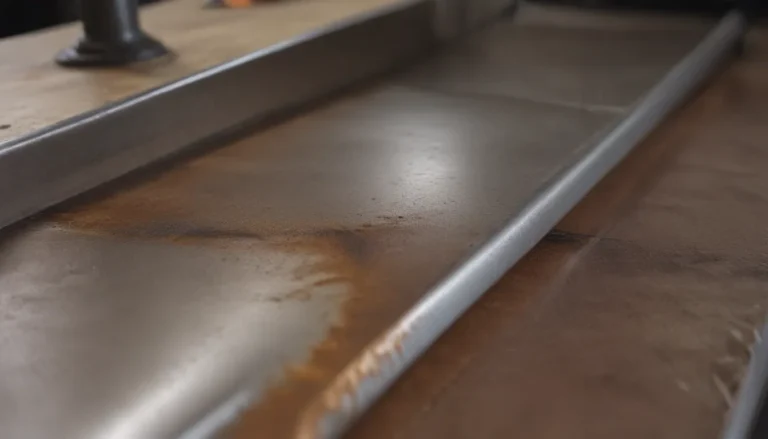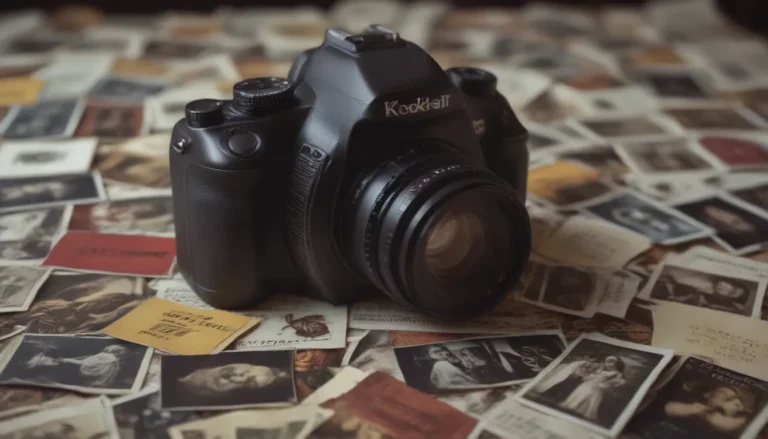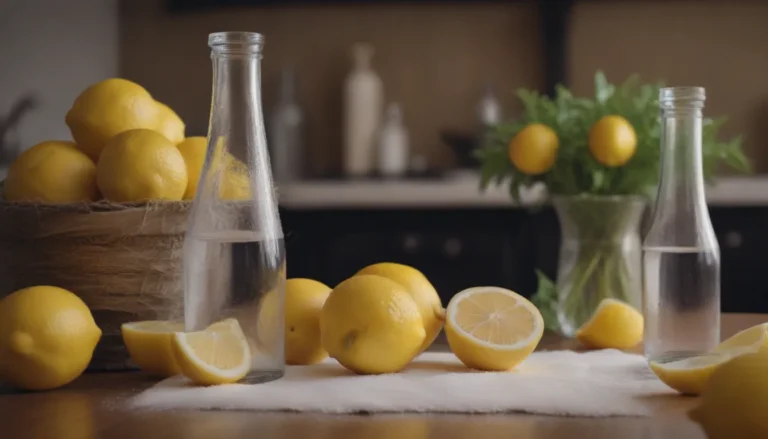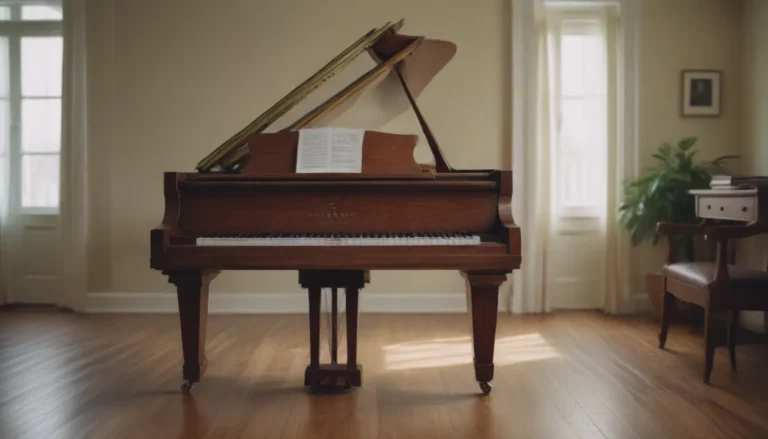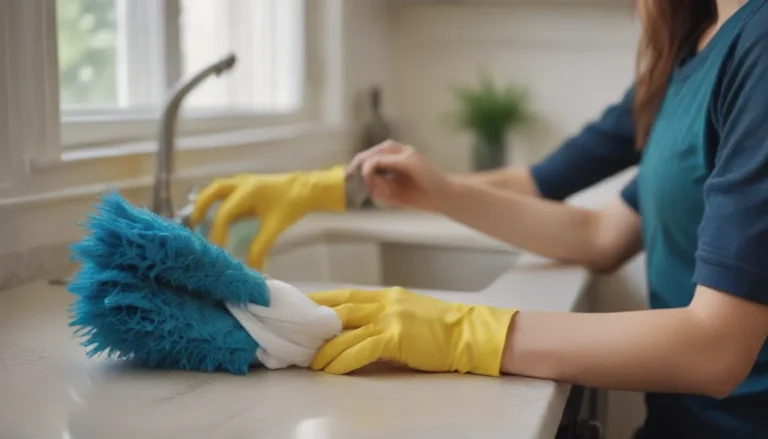The Dirtiest Places in Your House (and How to Clean Them)
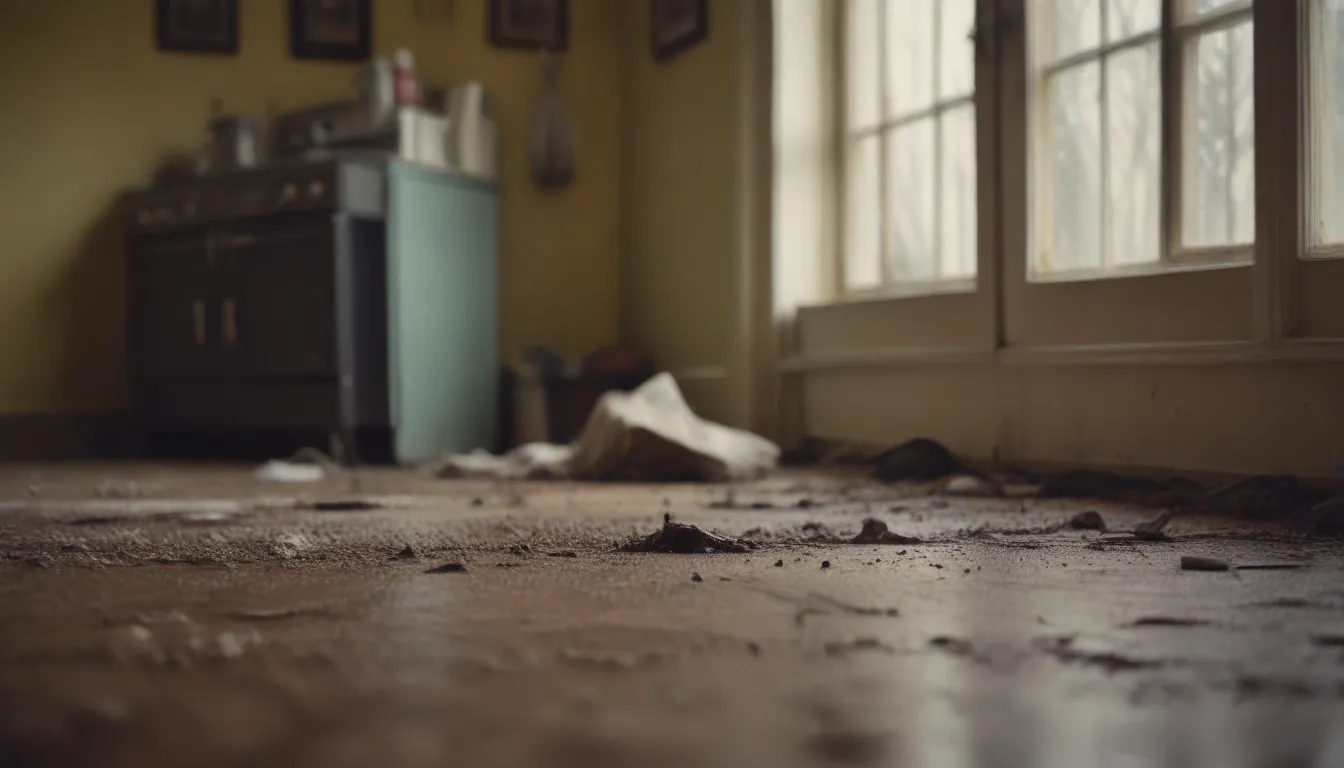
Have you ever wondered which areas in your home harbor the most bacteria and dirt? You might be surprised to learn that it’s not always the bathroom, but rather the kitchen and other high-touch spots that are the biggest culprits. A study by the National Sanitation Foundation International (NSF) revealed that these areas are teeming with harmful bacteria like E. coli. Let’s delve into each room of your house to uncover hidden germs and learn how to effectively get rid of them.
Kitchen
The kitchen is the heart of the home, but it can also be a breeding ground for bacteria due to the perfect storm of heat, moisture, and food. From raw meats to unwashed fruits and vegetables, the kitchen is a hotspot for germs. Here are some key areas of concern:
- Kitchen sink
- Countertops
- Cutting boards
- Refrigerator handles
- Oven knobs
To keep your kitchen clean and germ-free, follow these tips:
- Clean surfaces regularly with a disinfectant cleaner.
- Wash cutting boards and utensils with hot, soapy water after each use.
- Sanitize kitchen sponges and dishcloths frequently.
Bathroom
Bathrooms are notorious for harboring bacteria on virtually every surface. From the sink to the toilet, germs can linger long after each use. Here are some areas to pay special attention to:
- Toilet seats
- Faucet handles
- Shower curtains
- Toothbrush holders
- Towels
To keep your bathroom clean and hygienic, try the following:
- Use a disinfectant to clean surfaces regularly.
- Wash towels and bathmats on a hot cycle.
- Replace toothbrushes every three to four months.
Living Areas
Living rooms and family rooms are where people come together, but they can also be breeding grounds for germs. Upholstered furniture, in particular, can harbor bacteria and allergens. Here are some tips for keeping your living areas clean:
- Vacuum upholstery regularly to remove dust and allergens.
- Wash throw blankets and pillows frequently.
- Use washable covers on upholstered furniture.
Tip
When someone in your home is sick, cover upholstered surfaces with washable covers that can be easily cleaned to prevent the spread of germs.
Bedroom
Your bedroom should be a sanctuary for rest and relaxation, but it can also be a haven for bacteria and dust mites. The bed, in particular, can harbor dirt and germs if not cleaned regularly. Here are some areas to focus on:
- Bed sheets
- Pillows
- Mattress
- Blankets
To keep your bedroom clean and fresh, follow these guidelines:
- Wash bedding and blankets weekly.
- Vacuum and rotate your mattress every few months.
- Consider using mattress and pillow protectors.
The Dirty Places You Overlook
In addition to the main rooms in your house, there are some everyday items that often go unnoticed but can harbor germs and bacteria. Make sure to pay special attention to cleaning these items:
- Pet toys and bowls
- Keys, purses, and wallets
- Backpacks and gym bags
While the kitchen may be the dirtiest room in the house, with the kitchen sponge or rag being a hotspot for bacteria, there are other areas that can also be overlooked. Light switches, door handles, trash cans, houseplants, and toss pillows can all accumulate dust, dirt, and germs over time.
Remember, cleanliness is key to maintaining a healthy home environment. By regularly cleaning and disinfecting these often-overlooked areas, you can help reduce the spread of germs and keep your family safe and healthy.
References:
– NSF International Household Germ Study
– CDC: When and How to Clean and Disinfect
– AmeriSleep: Bacteria in Your Bed
– NSF International: Clean the Germiest Home Items
